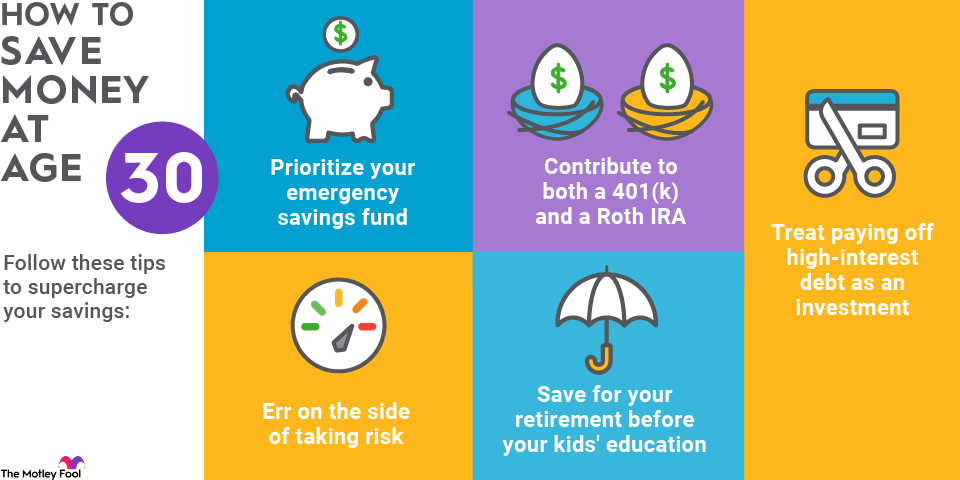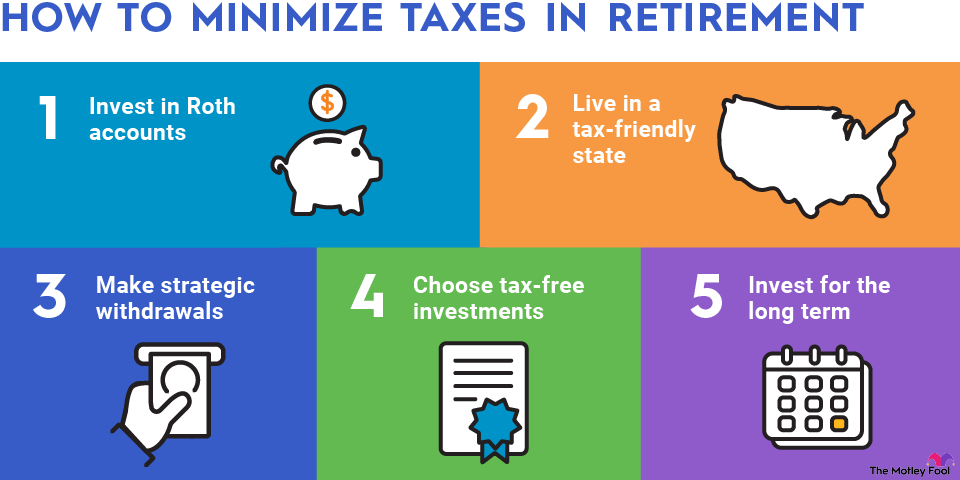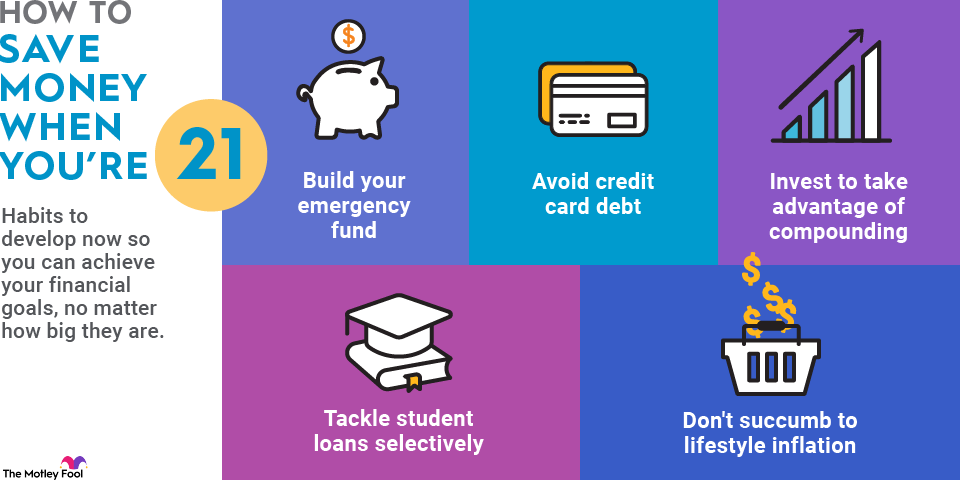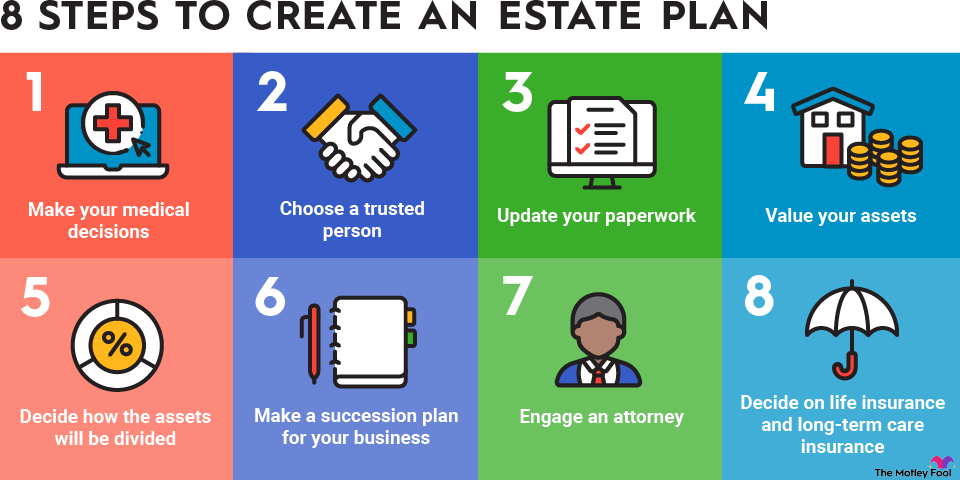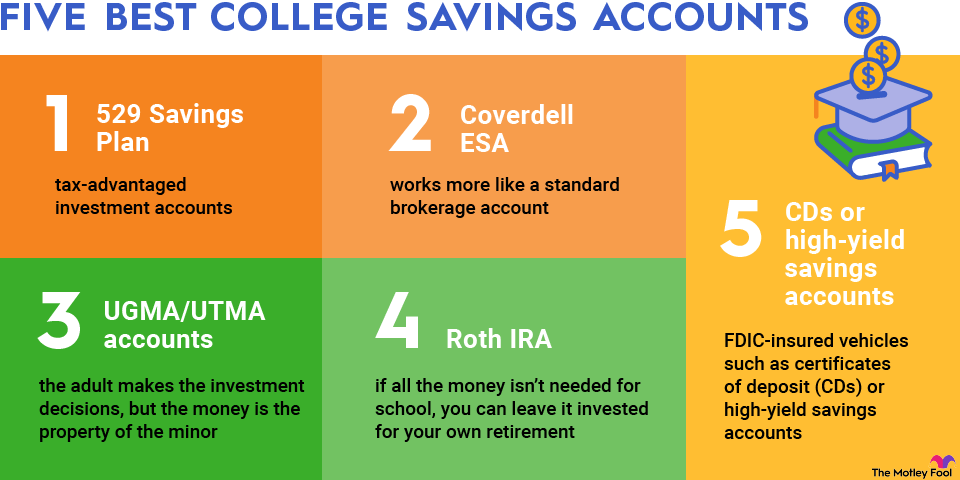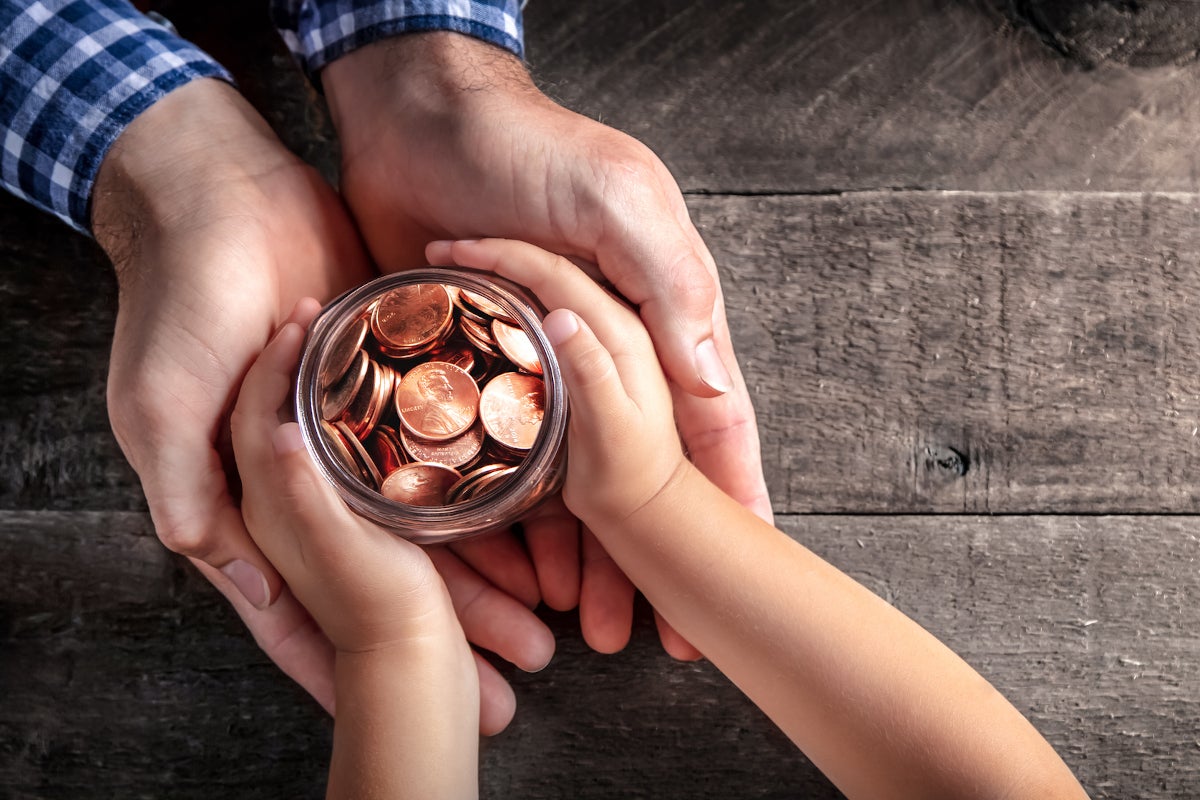By the time you're 25, many people reading this have likely spent at least a few years in the workforce. However, you haven't had too much time to save year, and you may be starting to think seriously about saving money.
At 25, saving might still be a challenge. This is especially true if you're earning an entry-level salary or you have significant student loan debt.
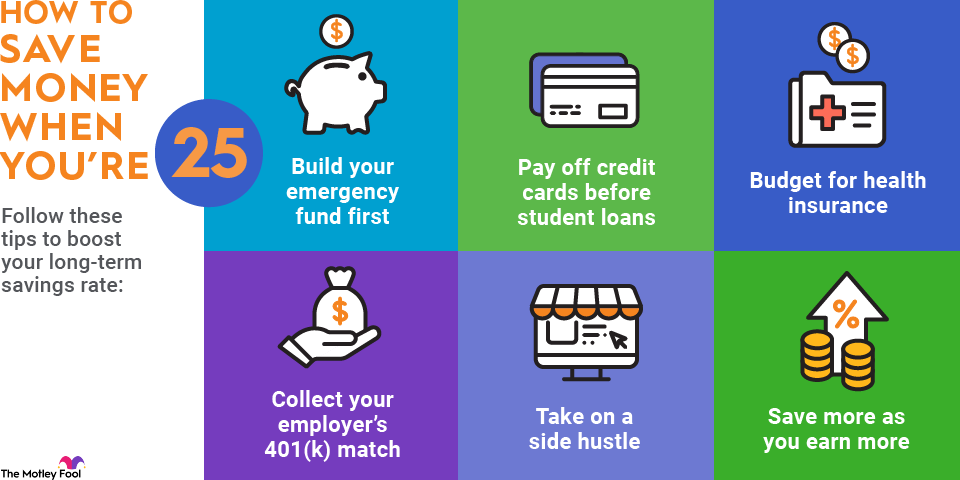
Here's the short answer. By age 25, the average American should have saved about $20,000. Looking at data from the Bureau of Labor Statistics (BLS) for the fourth quarter of 2023, the median salaries for full-time workers were as follows:
- $796 per week, or $41,392 each year for workers ages 20 to 24
- $1,150 per week, or $59,800 per year for workers ages 25 to 34
Financial advisors often recommend saving 15% to 20% of your income for retirement, emergencies, and major purchases. If you have just celebrated your 25th birthday, earned the median salary of $41,392 for your age group for each of the past three years, and are saving the recommended 15% to 20%, then you should have at least $20,000 in your bank accounts.
If you're nowhere near that number, don't panic. Saving 15% to 20% of your money is not realistic for many 25-year-olds. Even if you're behind on saving, you still have plenty of time to catch up.
It's also worth noting that a "good" savings target depends on a few factors, including your income, how many years you've been in the workforce at 25, and your particular financial goals.
What's a realistic savings rate at age 25?
The truth is that saving money at age 25 might not be that much easier than saving money at age 21. If you spent the past three years earning the median salary for the 20-24 age group, your budget is probably pretty tight. More than likely, saving 15%-20% of your salary is next to impossible -- unless someone else helps with your expenses.
If you actually have $20,000 saved at age 25, you're way ahead of the national average. The Federal Reserve's most recent Survey of Consumer Finances found that the median bank account balance was $8,000 across households of all ages, not just 20-somethings.
If you don't have much extra money after paying your bills, don't focus too much yet on saving a high percentage of your income. Your real goal in your 20s should be to learn to live on less than you earn and save the rest.
How to save money at age 25
Even if you can only save 5% or 10% of your income, that's still a good start if you can commit to increasing that percentage as your income goes up. Follow these tips to boost your long-term savings rate:
Build your emergency fund first
Your first priority should be to establish an emergency fund. That's money that you keep in a savings account, not the stock market, so that you can quickly access it if you need it.
Eventually, you should have six months' worth of emergency savings. This may seem like an impossible task, but you don't need to get there right away. Even if you can build a $1,0.00 emergency fund, you'll be prepared for most of the unexpected expenses people face. For instance, you could put half of your extra money toward emergency savings and the other half toward investing or paying off debt.
Budget for health insurance
If you're still on a parent's health plan under the Affordable Care Act, consider yourself warned. You need to budget for and obtain your own coverage by age 26 (the age when most family plans will kick you off). Start planning for the extra expense now by shopping for an affordable healthcare plan or applying for jobs with companies that offer health insurance.
When you don't have health insurance, one unexpected trip to the ER can drain your savings and leave you with significant debt. If only for financial reasons, don't even consider going without health insurance coverage.
Collect your employer's 401(k) match
One of the fastest ways to build retirement savings is to take advantage of a company 401(k) match if your employer offers one. Even if your employer only matches 25% or 50% of your contribution, that's still essentially a 25% or 50% return on your investment for the year.
Even if your employer doesn't match your contributions, or you're self-employed, make every effort to invest for your retirement. An individual retirement account, such as a Roth IRA, is a good choice since withdrawals in retirement, when your tax bracket is likely higher, are not considered income. The money also grows tax-free in your IRA until it is withdrawn.
Take on a side hustle
If you're serious about upping your savings game, or have a big goal like achieving financial independence and retiring early, then you might not want to wait around for pay raises from your employer. A side hustle, which can be anything that generates extra cash, is a great way to increase your savings.
A side hustle may not be doable for everyone, but if you can spare the extra time, it's definitely financially worth it, especially when you are young. The younger you are, the more powerful the effects of compound interest are on the value of your portfolio.
Related investing topics
Save more as you earn more
Even if you're not earning a high income now, the best way to ensure your savings rate increases over time is to start planning for the future when you earn more money. Keep your expenses low and determine what's most important to you.
As your income increases, it's OK if your expenses rise, too. Your costs just need to increase at a slower pace than your income. Set a goal of saving a certain and increasing percentage of your pay with every raise you get. If you can live below your means and avoid lifestyle inflation, then you are well-positioned to make your savings balance soar.





